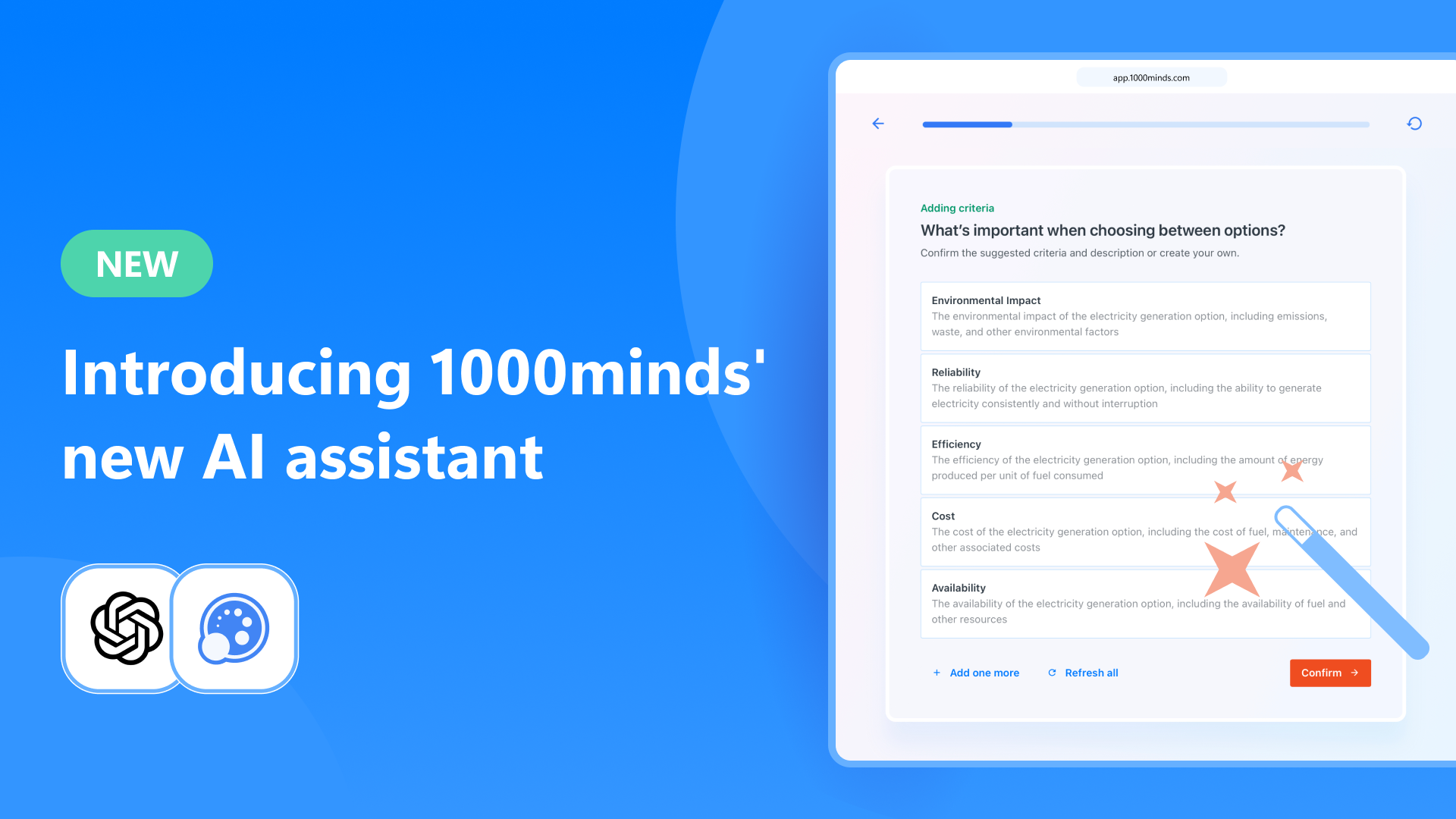As businesses continue to leverage artificial intelligence (AI) to automate decision-making processes, it’s increasingly important to consider the role of human input in these systems.
Human-in-the-loop (HITL) decision-making directly incorporates human input and direction in AI decision-making systems to improve their accuracy, transparency and ethical foundations.
Although HITL designs can be found in both AI-assisted decision-making and machine learning, this article focuses on the former application – by exploring what HITL is, how it works and its advantages over other AI-based systems without HITL.
What is Human-in-the-Loop (HITL) decision-making?
Human-in-the-loop decision-making involves a human decision-maker working in tandem with AI algorithms to improve decision-making outcomes. In HITL systems, the AI system provides recommendations or predictions that the human decision-maker evaluates and approves or rejects.
HITL decision-making is used in a wide range of applications – as discussed later below, from health care diagnostics to decision-making software.
How does human-in-the-loop work?
Human-in-the-loop systems typically involve an algorithm that is trained to recognize patterns in data and produce an outcome, as well as a human decision-maker who works alongside the AI system (as opposed to a fully automated system).
First, the AI is given an input, such as data or a text prompt, and makes a preliminary decision. The human decision-maker can then correct or adjust the AI’s recommendations based on their expertise, knowledge and understanding of the context.
This blended decision-making approach ensures greater efficiency in the decision-making process than fully human decision-making would allow, while achieving higher accuracy and more desirable outcomes than a fully automated decision-making process.
Advantages of HITL systems
A HITL system has several important advantages over other AI decision-making approaches.
First, as AI outputs can sometimes be inaccurate or nonsensical, following a HITL approach can improve accuracy by including human judgment in the process.
Second, human involvement increases transparency with respect to how decisions are made, and improves trust in the decision-making process.
Third, HITL can ensure ethical and moral considerations are taken into account in decision-making by incorporating human judgment.
Overall, the AI system gives better recommendations as it learns from the human feedback it receives over time, and the human decision-maker becomes more efficient as they learn to work with the AI system.
Examples of human-in-the-loop AI decision-making systems
Human-in-the-loop (HITL) systems are used in decision-making across various domains and applications. Here are five use cases where HITL systems are employed.
Healthcare diagnostics
HITL systems assist in medical diagnostics by analyzing patient data, such as medical records, test results and imaging scans. Automated systems can provide preliminary diagnoses or recommendations, which are then verified and validated by healthcare professionals before final treatment decisions are made.
Cybersecurity
HITL systems play a crucial role in cybersecurity by monitoring network traffic, detecting anomalies and identifying potential security breaches. Automated systems generate alerts or warnings, which are reviewed by human analysts who investigate and respond to security incidents.
Risk assessment and fraud detection
HITL systems are utilized in financial institutions to assess risks, detect fraudulent activities and make decisions about transactions. Automated systems analyze large volumes of data and flag suspicious transactions, which are then reviewed by human experts for final approval or further investigation.
Customer support
HITL systems are utilized in customer support settings, such as chatbots or virtual assistants. Automated systems handle routine inquiries or provide initial responses – and when complex or specialized queries arise, human agents take over to ensure accurate and personalized assistance.
Decision-making software
1000minds decision-making and preferences research software uses a HITL system to assist in model building. An AI assistant suggests criteria and examples of alternatives based on the user’s prompt: e.g. “espresso machines for the office”. The user reviews and modifies the AI’s suggestions and then answers some simple questions to reveal and apply their preferences, resulting in the alternatives being ranked.

Supercharge your decision-making today
HITL decision-making can provide businesses with a powerful tool for greater accuracy, transparency and more ethical decision-making.
If you’re interested in using a HITL AI system, consider exploring 1000minds’ HITL decision-making approach, which combines human expertise with AI algorithms to make more effective and better informed decisions.
Take our AI assisted decision-making process for a spin by signing up for a free trial or book a demo with our friendly team today.
Share this post on:

